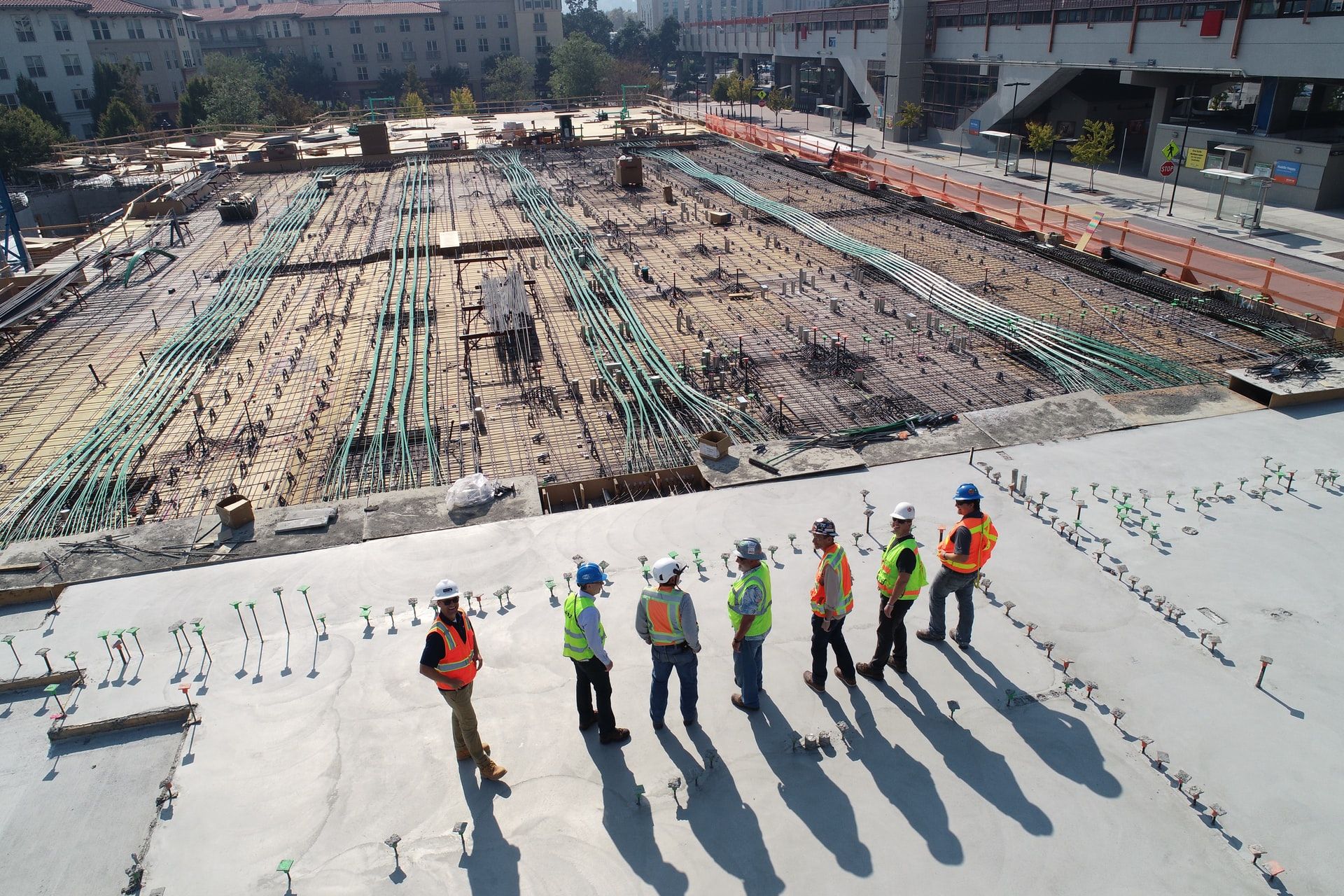FOR THE TRADES

JOHN DOE
April 2, 2020
“Going green,” is the big ticket item consumers, contractors and clients are in the market for right now. Eco-Buildings trends not only improve the environment, they also bulk up your savings account and help you complete that Cancun trip you’ve been dreaming off.
SPRAY FOAM AND XPS FOAM
Styrofoam, to put it bluntly, has always an unwanted outlier in the building world. It’s always had a bad rap. The real environmental snit doesn’t come from the fact that foam panels are petroleum based products but more on the agents/gases used to fabricate them.
To really label something as Eco-friendly you have to take into account dozens of factors. You have to do mathematical gymnastics, with nifty little eco calculators, and analyze the whole production line. Foam requires relatively small amounts of raw material and the real danger comes from the gases that are used to expand the beads. Toxic powerhouses that can be 1400 times worse than carbon.
XPS foam panels, thanks to the industry switching to lower impact blowing agents – hydrofluoroolefins rather than HFC Hydrofluorocarbons – is poised to make a comeback. It’s viable, economical material that with a little tech magic from the green leaders will change the paradigm and really make a dent against pollution. Nonetheless, arming yourself like an errand knight with tough as nail protection, is the key to working with any sort of toxic material… Plus, black will always be the new black.
LOW-EMITTING WINDOWS AND COOL ROOFS
Windows and roof coated with metallic oxide have the power to block the sun’s harsh rays during summer and trap the right amount of heat during winter. The equivalent of transforming your office or house into one of those magical 50 dollars canteens that keeps your coffee hot and your chilled beverage cold for hours on end.
ALTERNATIVE BUILDING MATERIALS
Outside the box thinking.
Wood and concrete, those have been the go-to materials we’ve used since we came to the consensus that crafting pyramids out of sand blocks and stone was too much of a hassle.
Nowadays, architects are employing dozens upon dozens of edgy and creative materials to lower our carbon footprint. A great example is how bamboo has gained popularity. Bamboo is easily grown and harvested, its aesthetic is very exotic and it is extremely cost-efficient.
Recycled Plastic has also become a rather popular building material of late. It’s a durable, long-lasting component that’s basically free. Researches are actually creating concrete that has added recycled material. This cuts down the need to mine and extract building components.

NET ZERO ENERGY BUILDINGS
In essence Net Zero Buildings are Chimeras that can only be bought and constructed with money, a lot of money, not with the sort of coins stored in your piggy bank. They are a hodgepodge of all the technological feats, and renewal energy goodies modernity has produced. The goal of such a utopia is to produce enough renewable energy to meet its own annual consumption requirements.
Buildings of this magnitude will use water conservation measurements like Rainwater catchment systems, green roofs, low-flow toilets, adapted vegetation, Prefab house kits, PV Solar panels, non-toxic building materials, mass timber panels, and hundreds of other nifty options available in the market right now.
They will be slick, posh, rugged and custom built to your taste.
Think “off-the-grid” building without the baggage such terms seem to stir up.
It’s time to build a better tomorrow. It’s time to be bold, fearless and adapt to the new paradigm. You either jump on the train or let it leave you in the dust. Carving down bamboo forest, wrestling plastic bottles, or coating your roof in metallic oxide there’s no backing down from this fight. You’re in it. You’re already bleeding from it. So, you might as well win. Just grab your Venom Steel, your gung-ho attitude and get started.